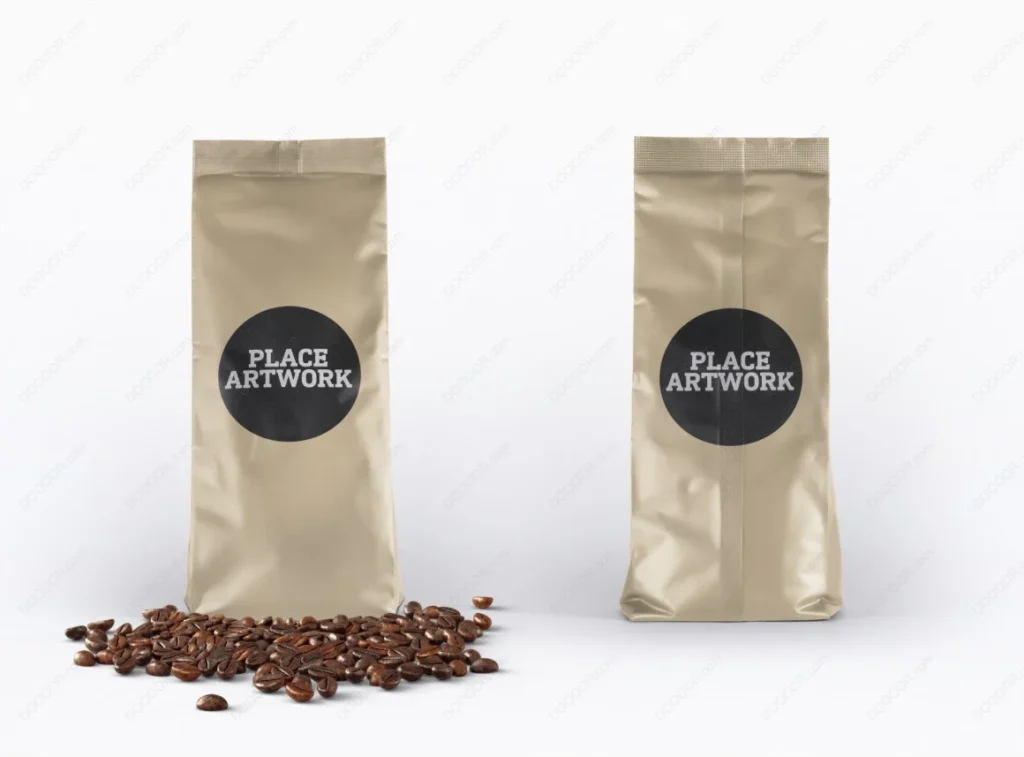I. Define Brand Positioning and Target Audience
The first step in coffee packaging design is to clearly define the brand's positioning and target audience. Brand positioning determines elements such as packaging style, color palette, and typography. For instance, if the brand focuses on premium coffee, the packaging should convey elegance and luxury; if targeting younger consumers, the design can be more fashionable and personalized. Therefore, understanding the target market and audience is crucial before beginning the design process.

Ⅱ. Selecting Materials of Coffee Packaging
Packaging materials are a vital component of coffee packaging design, affecting not only visual appeal but also coffee freshness and quality. Common coffee packaging materials include foil pouches, paper bags, plastic bottles, and glass jars. When selecting materials, consider the coffee's characteristics and prioritize options that effectively block air and sunlight to maintain freshness. Additionally, the use of eco-friendly materials is a key concern for modern consumers. Choosing sustainable, recyclable packaging materials enhances a brand's social responsibility.
III. Color and Pattern Design
Color plays a vital role in packaging design. Coffee packaging should select appropriate color schemes based on brand positioning, product type, and market trends. For instance, premium coffees often utilize sleek, elegant colors like black, gold, or silver, while brands targeting younger demographics may opt for vibrant hues such as red or green. Furthermore, pattern designs should resonate with brand culture—elements like natural motifs or artisanal details can emphasize the coffee's authenticity and high quality.
IV. Meeting Functional Requirements
Coffee packaging must not only be aesthetically pleasing but also functionally sound. For instance, sealing and moisture resistance are critical, especially for freshly ground or instant coffee. Packaging must effectively block external air and humidity to preserve aroma and freshness. Furthermore, designs that facilitate portability and ease of use are key considerations for consumers when selecting coffee packaging.

1. The Secret to Keeping Coffee Beans Fresh: The Science of Coffee Packaging
In coffee, over a thousand compounds work together to create the experience we love—its color, texture, and unique aroma. All these factors are closely tied to the coffee's freshness. From harvesting and processing to transportation, coffee beans undergo a lengthy journey. Choosing the right packaging is crucial for preserving their original flavor. Today, we'll explore the key role packaging plays in maintaining coffee bean freshness.
2. Factors Affecting Coffee Bean Freshness
Exposure to strong light, oxygen, and high humidity accelerates the aging process of coffee beans, causing a rapid loss of their active compounds. Light speeds up the oxidation of fats present in coffee beans, while oxygen and moisture further accelerate this process. Therefore, storing coffee beans in a dry, dark, and well-ventilated environment preserves their freshness.

3. How Packaging Design Affects Coffee Bean Freshness
One-way valves and airtight seals play a crucial role in preserving coffee bean freshness. An effective seal ensures external air cannot penetrate the packaging, protecting the beans. One-way valves allow carbon dioxide emitted from the beans to escape, preventing excessive pressure buildup inside the package that could otherwise compromise flavor.
Choosing Freshness-Preserving Coffee Packaging
When selecting coffee packaging, consumers should consider several key factors such as material, structure, and design. First, examine the packaging material to ensure it includes aluminum foil or other composite materials with strong barrier properties. Second, confirm the packaging incorporates one-way valves and an effective seal design.
Wanle Package specializes in producing various high-quality coffee packaging bags. Contact us now to enjoy excellent service and customized solutions!
